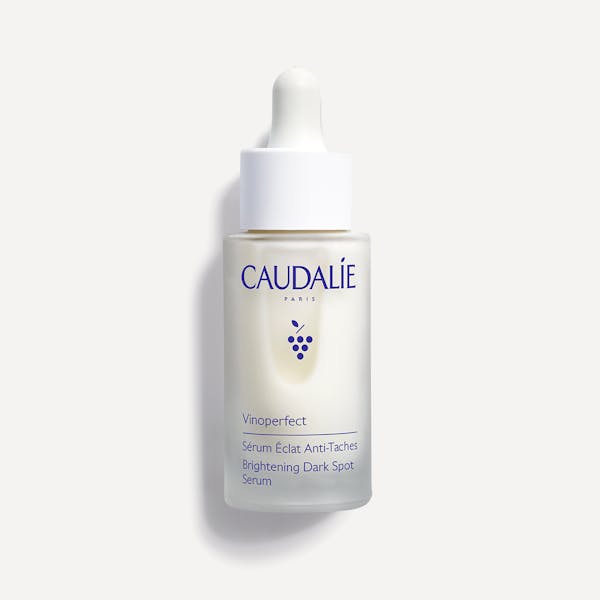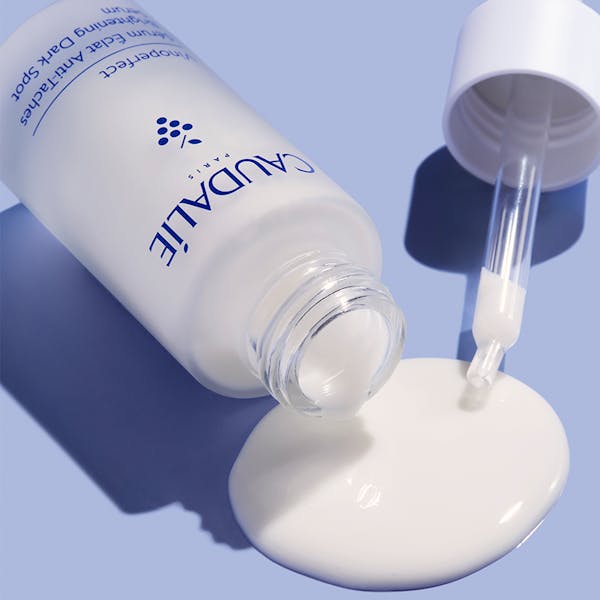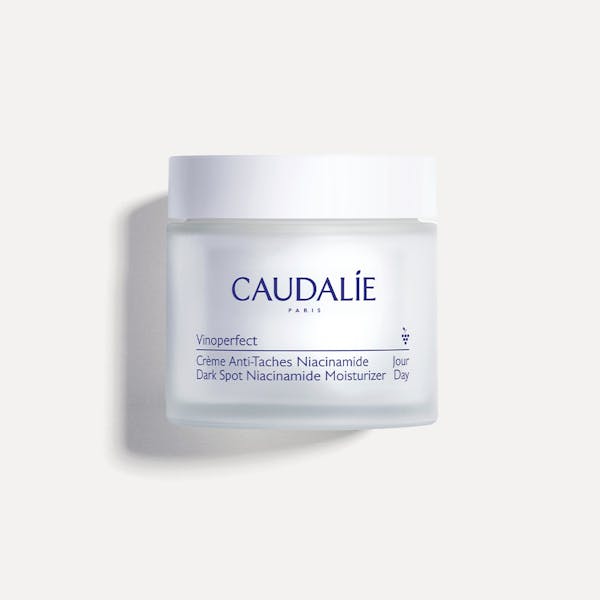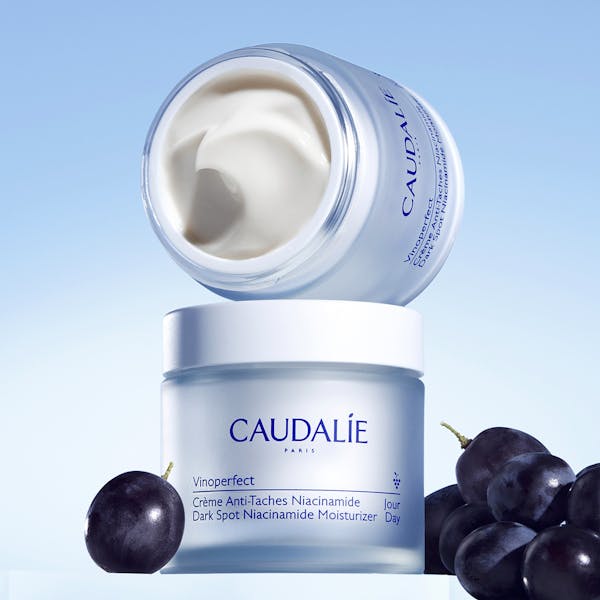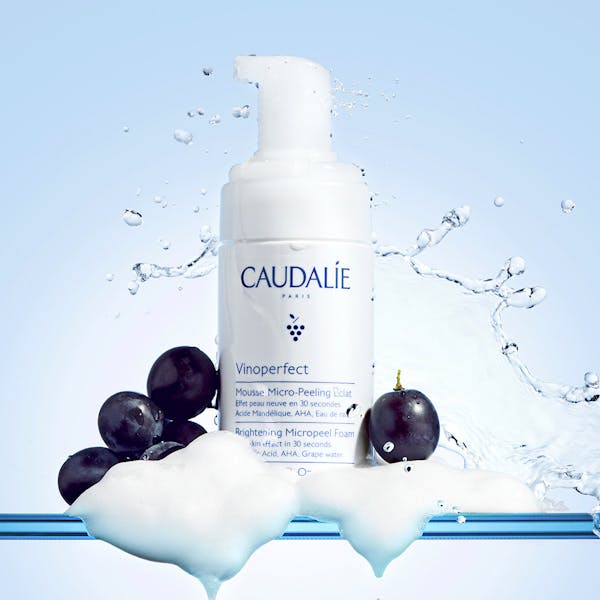Understanding the pigments of your skin is crucial for addressing common skin concerns. The complex interplay between eumelanin and pheomelanin, two types of melanin responsible for skin color, can significantly impact an individual’s skin tone. Various factors, including age, genetics, and environmental stressors, can influence the pigmentation of your skin, leading to issues such as hyperpigmentation, hypopigmentation, and uneven skin tone. The Vinoperfect routine by Caudalie offers a comprehensive approach to addressing skin tone concerns, featuring a carefully curated selection of products designed to promote a brighter, more even-toned complexion.
Summary
What are skin pigments?
These pigments, produced in your epidermis, determine the responsible for giving our skin its color. They play a crucial role in determining our skin tone.
What are eumelanin and pheomelanin?
There are two main types of melanin found in the skin: eumelanin and pheomelanin. Eumelanin is responsible for brown and black pigmentation, while pheomelanin produces red and yellow pigmentation. The ratio of eumelanin to pheomelanin determines an individual’s skin color, with higher levels of eumelanin resulting in darker skin tones.
The role of skin pigments
These pigments play a crucial role in protecting the skin from the sun’s harmful ultraviolet (UV) rays. Melanin acts as a natural sunscreen, absorbing UV radiation and preventing it from damaging the skin. Additionally, skin pigments influence our overall appearance, with variations in skin tone and color contributing to individual characteristics and traits. An imbalance or alteration in skin pigmentation can lead to various skin concerns, including hyperpigmentation, hypopigmentation, and uneven skin tone.
What influences your skin pigmentation?
Several factors can influence an individual’s skin pigmentation, leading to changes in skin tone and color.
Age, genetics and hormones
The complex interplay between age, genetics, and hormones can significantly impact skin pigmentation. Some key factors that contribute to these changes include:
Genetic predisposition: an individual’s genetic makeup plays a significant role in determining their skin color and pigmentation. Genetic factors can influence the production and distribution of melanin, leading to variations in skin tone.
Hormonal fluctuations: hormonal changes, such as those experienced during pregnancy or menopause, can cause changes in skin pigmentation. These fluctuations can stimulate the production of melanin, leading to darkening of the skin or the formation of dark spots.
Age-related changes: as we age, our skin’s ability to produce melanin can decrease, leading to changes in skin tone. Ageing, especially when combined with sun exposure, can also lead to the formation of age spots or other forms of hyperpigmentation.
Sun exposure and other environmental stressors
Exposure to environmental stressors can also impact your skin tone. Some common factors that can affect pigments include:
UV radiation from the sun or tanning beds: UV radiation can stimulate the production of melanin, leading to darkening of the skin or the formation of dark spots. Prolonged exposure to UV radiation can also lead to photoageing and other skin concerns.
Pollution and air quality: exposure to pollutants and poor air quality can contribute to changes in skin pigmentation. Pollution can lead to inflammation and oxidative stress, which can stimulate the production of melanin and lead to hyperpigmentation.
Stress and other lifestyle factors: stress and other lifestyle factors, such as smoking and poor diet, can also impact your skin colour. Chronic stress can lead to inflammation and oxidative stress, which can contribute to changes in skin tone and pigmentation.
What are the main pigmentation skin concerns?
Various skin concerns can arise due to changes in the pigments of your skin.
Hypopigmentation
Hypopigmentation occurs when areas of the skin become lighter than the surrounding skin. This can be caused by skin conditions, injuries, or certain medical treatments.
Depigmentation
Depigmentation is a condition where the skin loses its natural pigmentation entirely. Conditions like vitiligo or albinism can cause depigmentation.
Melasma
Melasma is characterized by patches of hyperpigmentation, typically on the face. Hormonal changes, sun exposure, or genetic factors can trigger melasma.
Vitiligo
Vitiligo is a chronic condition that causes the loss of pigment-producing cells, leading to white patches on the skin. The exact cause is unknown, but it is believed to be related to autoimmune disorders.
When should you see a dermatologist?
It’s essential to consult a dermatologist if you’re experiencing persistent or severe skin tone concerns. A dermatologist can help determine the underlying cause of your skin concerns and recommend a personalized treatment plan.
You should consider seeing a dermatologist in the following situations:
Persistent skin concerns: if you’ve been experiencing skin pigmentation issues for an extended period, and over-the-counter treatments haven’t been effective.
Severe skin problems: if you’re experiencing severe hyperpigmentation, hypopigmentation, or other skin concerns that are impacting your daily life.
Signs of infection: if you notice signs of infection, such as redness, swelling, or increased sensitivity, around areas of pigmentation change.
The Vinoperfect routine for an even skin tone
To achieve a brighter, more even-toned complexion, follow a four-step routine with Caudalie’s Vinoperfect range:
1. The routine begins with the Brightening Micropeel Foam, which gently cleanses and exfoliates the skin with organic grape water, fruit acids, and mandelic acid, preparing it for subsequent products. Following cleansing, the Face Peel Mask with Glycolic Acid is applied, featuring Viniferine to correct dark spots, glycolic acid to eliminate dead skin cells, and fruit acids to stimulate cell renewal, further enhancing the skin’s radiance.
2. The Glycolic Acid Essence is then applied, containing white peony to illuminate and even complexion, and organic grape water to hydrate and soothe the skin, which is then followed by the Dark Spot Serum for Radiance, with Viniferine to correct dark spots and olive squalane to moisturize and soothe the skin.
3. The Eye Cream for Dark Circles is used to target the delicate skin around the eyes, with niacinamides to soothe and diminish enlarged pores, and caffeine to reduce dark circles and puffiness.
4. The routine concludes with the Dark Spot Niacinamide Moisturizer, featuring Viniferine and niacinamides to brighten and even the complexion during the day, and the Dark Spot Correcting Glycolic Night Cream, containing papaya enzyme, Viniferine, and glycolic acid to correct dark spots and promote a renewed complexion overnight.
By grasping the intricacies of skin pigments and the factors that influence their production, individuals can better navigate the complex world of skincare. The Vinoperfect routine by Caudalie offers a thoughtful approach to addressing pigmentation concerns, featuring a carefully curated selection of products that work in harmony to promote a brighter, more even-toned complexion. As the skin responds to treatment, the appearance of dark spots and discoloration gradually recedes, unveiling a smoother, more resilient skin texture.
LATEST BEAUTY NEWS
- Personal data & Cookies
- T&C
- Legal Note
- Loyalty Program
- MYCAUDALIE terms
© Caudalie Copyright
